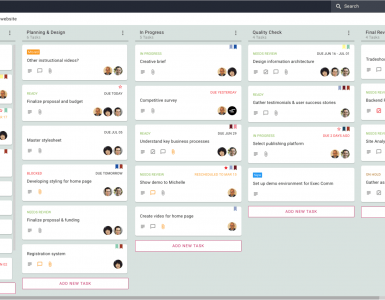Not sure what microphone to use for your project? In this article we take you through the most common microphone types and what they’re used for.
Dynamic
Dynamic microphones are really versatile and ideal for general-purpose use. They use a simple design with few moving parts, so they’re sturdy and able to handle rough treatment. They’re also better suited to handling high volume levels, which is why they’re often used to record guitar amplifiers. They have no internal amplifier and don’t require batteries or external power. This is why dynamic mics are suited to live performances, although some also are used regularly for studio recording.
The great thing about dynamic mics is that many of the big-name mic manufacturers have economy-series mics that give you great performance for a low price. The most popular is the Shure SM58 which has been an industry standard studio and stage mic for decades.

Ribbon
Ribbon mics are a type of dynamic microphone but are not good for live recording because they’re extremely delicate. They’re most commonly used in the studio for recording vocals and other instruments. They’re the least commonly used on this list but are great for softening the sound and giving it a vintage warmth and character.
Condenser
Condenser microphones are the most commonly microphones you’ll use in a studio and come in large and small diaphragm sizes. Large diaphragm condenser mics are normally used for vocals and instruments and small diaphragms are used for over head and more specialised situations. Condensers have a flatter response and are more sensitive and responsive than dynamics, making them great for capturing subtle nuances in a sound. Be wary with the volume level though because they’re sensitivity makes them prone to distort. They require power from a battery or external source, and are not normally used in a live setting.

Wireless
Wireless mics so that you can move around freely on the stage. There are a variety of different options including hand-held mics, clip-on or lavalier mics, and headworn mics that have a headband. Some manufacturers also produce plug-in transmitters with which you can use to convert a standard wired mic to work wirelessly.
Always make sure the receiver microphone frequencies must match. This is not an issue when you purchase a full system because the manufacturer matches the frequencies for you. But if you are buying microphones and receivers separately, check that they operate on the same bandwidths.

If you want more detailed guides to microphones then Ehome studio’s microphone guide is a great resource. Not sure whether you should get a condenser or a dynamic mic? DPA explain the most common misunderstandings.








